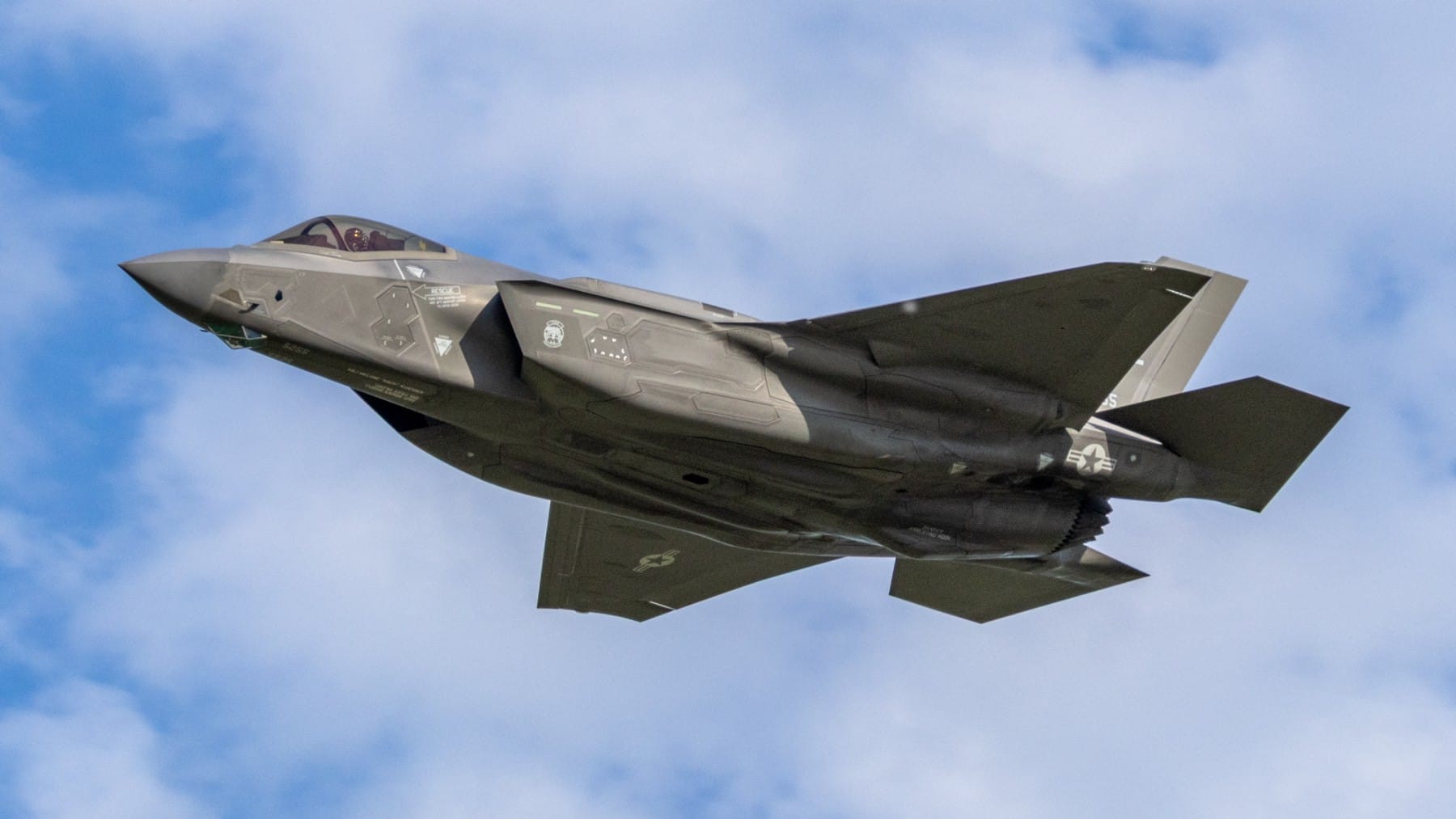The Royal Netherlands Air Force (RNLAF) has deployed twelve of its F-35A Lightning II stealth fighters this week. They are headed to the United States, where they will conduct maneuvers to test their military capabilities. This is not a simple routine flight, but rather a comprehensive test for the Dutch fighter fleet. NATO is very demanding, and its members must prove the strength of their military and their military coordination capabilities.
Transatlantic logistics
The air task force consists of 12 F-35A fighter jets, the spearhead of the RNLAF. They are accompanied by four Airbus A330 MRTT tanker aircraft to ensure flight autonomy. These tanker aircraft belong to NATO’s multinational internal transport unit (MMU). They are headed to Mountain Home Air Force Base in Idaho, United States. There they will remain for three weeks, undergoing an intensive training program.
There is nothing better than a military camp (only real and with aircraft, not the kind your parents sent you to for being rebellious or getting bad grades). This intensive NATO training program aims to improve the capabilities of operational personnel. Ultimately, they will be involved in complex air defense and ground attack mission simulations. One of the crucial exercises was precision bombing in simulated war environments. They will also practice low-altitude evasive maneuvers against simulated aggressor forces.
But why did the Dutch fleet go to the United States to practice this? The reality is that the Netherlands does not have enough airspace to carry out this type of maneuver without endangering the civilian population. It is not possible for them to conduct large-scale live-fire operations that meet NATO standards. The state of Idaho, on the other hand, offers ample airspace and an ideal training infrastructure for complex scenarios.
In addition, they needed MRTT tankers to practice the operational autonomy of the F-35s. These tanker aircraft ensure flight continuity even across the Atlantic. They made a technical stopover in the Azores, Portugal, before continuing on their way to the United States. This logistical support demonstrates NATO’s multinational and cooperative nature. This deployment is yet another test of endurance, coordination, and force projection capability.
NATO and its collective defense
Although the fighter jets are Dutch, this exercise is nonetheless a comprehensive test of the NATO alliance. This program is designed to test the interoperability of Dutch F-35s with US forces and other NATO armies. The key to modern warfare is networked warfare, or the ability to share data instantly. Knowledge is power, and the ability to share information instantly is essential to understanding the real situation in a conflict. This entire maneuver has been marked by NATO’s collective defense doctrine.
According to Article 5 of the Washington Treaty, the centerpiece of the NATO alliance, “an attack against one ally is considered an attack against all.” However, Article 5 does not require automatic military action, but rather that each member country take the action it “deems necessary” to assist the ally that is being attacked. This may include direct military force, logistical support, or even the imposition of economic sanctions. The ultimate goal is always to restore security to the North Atlantic area as a whole.
Article 5 has only been invoked once in NATO’s history: in response to the September 11, 2001, terrorist attacks against the United States. Today, NATO’s collective defense has expanded into new operational domains. An attack in cyberspace or outer space could also trigger Article 5.
This deployment goes far beyond a simple pilot exercise; it is a declaration of NATO’s total readiness for combat at any time. Furthermore, it is a projection of long-range power, as moving 12 houses across an ocean is no trivial matter. There is no greater deterrent than rapid deployment capability. At a time marked by instability in Europe, this sends a clear message: keep the peace… or else.

